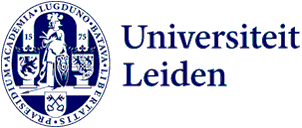Education
Join the free online course Introduction to Comparative Indo-European Linguistics!
A new online linguistics course by Leiden University is now available for free on FutureLearn. On this eight-week course, you’ll explore Indo-European languages, the ancient languages at the top of the family tree, and the linguistic tools needed to study them.
The course is taught in English. You can start straight away on FutureLearn. The course will also be available on Coursera starting 5 September 2022.
About the course
Every language belongs to a language family; a group of languages that are genetically related to each other. Indo-European is the name of the language family to which English belongs, along with many sub-families such as Germanic languages and Romance languages.
The Indo-European language family is now known to consist of thirteen major branches and a number of now extinct languages of which only fragments have been preserved that may once have formed branches of their own.
You’ll delve into the structure and origins of these branches. Not only will you learn about the oldest languages belonging to the Indo-European language family, but you’ll also learn about linguistic reconstruction, how you can tell whether two languages are related to each other and how language changes.
Explore each branch of the Indo-European language tree
This course will guide you through the different groups of Indo-European languages. You’ll look at some of the oldest texts from these languages, including Ancient Greek and Sanskrit, and learn about the importance of oral traditions in the history of these texts.
Develop the skills to reconstruct Proto-Indo-European
As you progress through each of the branches of the language tree, you’ll begin to piece together the Proto-Indo-European language bit by bit by comparing and contrasting each different language in the tree.
